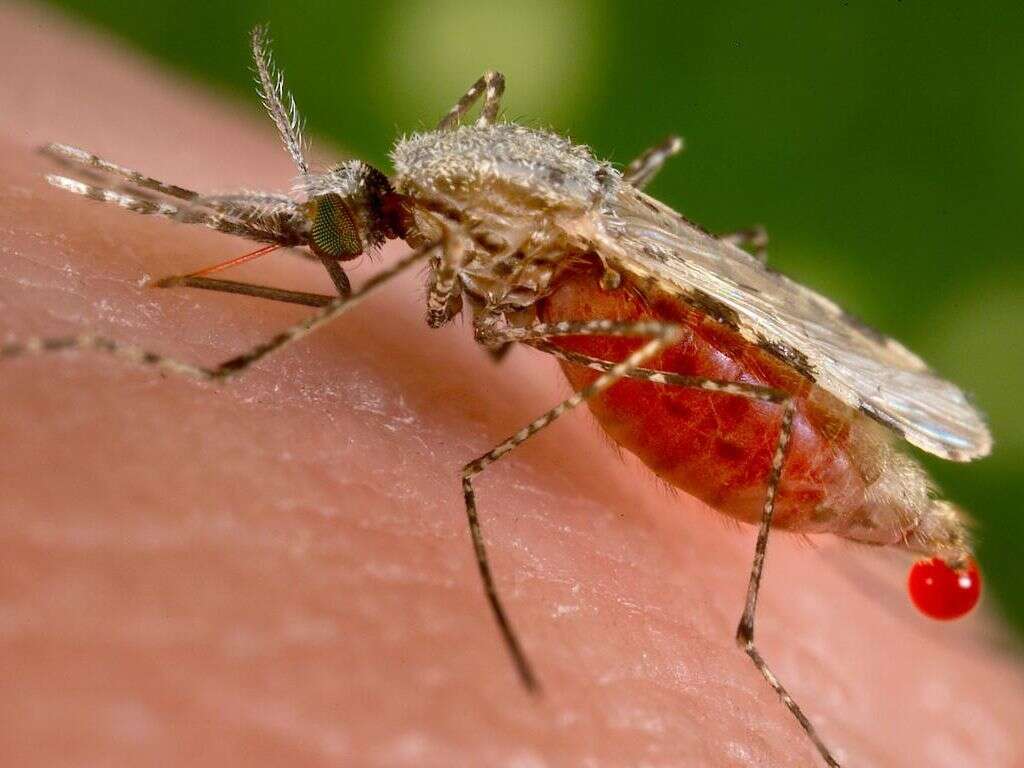10 Symptoms of Malaria
Symptom #8: Fatigue
Once the plasmodium parasites get into the body, they head to the liver where they transform and begin multiplying. The increased amounts of parasites then get back into the bloodstream and are transported to other parts of the body. The parasites then get inside red blood cells within which they continue multiplying. At some point, the infected red blood cell bursts, releasing more plasmodium parasites. As this cycle continues, the body loses increasing numbers of red blood cells and the patient may develop anemia.
As a consequence, less oxygen is transported for use by the various organs and tissues of the body. And because without adequate oxygen the body cannot produce energy for various functions, organs and tissues cannot carry out their functions optimally. This leads to fatigue and pallor, the main sign and symptoms of anemia 3https://www.hhmi.org/news/molecule-allows-malaria-parasite-commandeer-red-blood-cells. In acute malaria, anemia can pose special problems in pregnancy and in children. Pre-existing nutritional anemia can be aggravated by malaria infection.
Advertisement











